How to Migrate Your Applications to Microsoft Azure
Microsoft Azure is a cloud computing platform that offers a range of services. For businesses of all sizes. With Azure, companies can build, deploy, and manage applications. All while enjoying the scalability, reliability, and security that the cloud provides. Whether you are looking to migrate your applications to the cloud. Or looking to take advantage of Azure’s many features. Azure offers a wide range of services to help you achieve your goals.
One of the key benefits of Azure is its ability to support application migration. Whether you want to migrate your applications to Azure for the first time or move existing applications to Azure. The platform offers a range of tools and services to help you do so.
In this article, we will guide you through migrating your applications to Microsoft Azure. Including planning for the migration, the steps involved in the migration process, an overview of Azure Migration Services, and how to migrate SQL Server to Azure.
Planning for Microsoft Azure Migration
Before you begin the migration process, it is important to consider a few factors to ensure that the migration is successful. Here are some key things to keep in mind when planning for Microsoft Azure migration:
Check your current environment: Before you begin the migration process. It is important to test your current environment and identify any potential roadblocks or challenges that may arise during the migration. This may include assessing your current infrastructure and identifying applications that may not be compatible with Azure. And identifying any dependencies between applications.
Set migration goals: It is important to set clear goals for the migration process to ensure that it is successful. This may include goals such as reducing costs, improving scalability, and enhancing security.
Identify and focus on applications: Identify the applications that you want to migrate to Azure. Focus on them based on their importance and complexity. This will help you determine the order in which to migrate your applications.
Choose the right migration method: There are several migration methods available when moving applications to Azure. Including lift-and-shift, re-platforming, and refactoring. It is important to choose the right migration method based on the specific needs of your applications.
Plan for downtime: It is important to plan for downtime during the migration process to cut any impact on your business operations. This may include scheduling the migration during off-peak hours or implementing a phased approach.
By taking the time to plan for the migration process, you can help ensure that the migration is successful. And that your applications are running on Azure.
How to Migrate to Microsoft Azure
Migrating your applications to Microsoft Azure can seem like a daunting task. But with the right plan in place, it can be a smooth and successful process. Here are the steps involved in migrating your applications to Azure:
Create an Azure account: The first step in migrating your applications to Azure is to create an Azure account. This will give you access to the Azure portal and allow you to begin the migration process.
Create a virtual network: Once you have created an Azure account, the next step is to create a virtual network. A virtual network provides a secure and isolated network environment for your applications in Azure.
Migrate your data: The next step is to migrate your data to Azure. This may include moving data to Azure Storage, Azure SQL Database, or other Azure data services.
Migrate your applications: Once your data has been migrated to Azure, the next step is to migrate your applications. This may involve creating virtual machines in Azure and migrating your applications to those virtual machines. Or use the Azure App Service to deploy your applications to Azure.
Test and verify: Once your applications have been migrated to Azure. It is important to test and verify that they are running in the Azure environment. This may include testing application functionality, performance, and scalability.
By following these steps, you can migrate your applications to Microsoft Azure. It is important to remember that the migration process can vary depending on the specific needs of your applications.
Azure Migration Services
Migrating your applications to Microsoft Azure can be a complex and time-consuming process. Azure offers a range of migration services to help simplify the process and ensure a successful migration. Here are some Azure migration services that you can leverage:
Azure Migrate: Azure Migrate is a free service that provides a centralized hub. All to assess and migrate on-premises servers, virtual machines, databases, and web applications to Azure. It provides a range of assessment and migration tools. To help you plan and execute your migration.
Azure Site Recovery: Azure Site Recovery is a disaster recovery and business continuity solution that can help you migrate on-premises virtual machines to Azure. It provides continuous replication of on-premises workloads to Azure. Enabling near-instant recovery in the event of an outage.
Azure Database Migration Service: Azure Database Migration Service is a managed service. It enables you to migrate on-premises SQL Server, Oracle, and MySQL databases to Azure with minimal downtime. It provides a range of automated migration tools. To help you streamline the migration process.
Azure App Service Migration Assistant: Azure App Service Migration Assistant is a free and fast tool. It helps you migrate web applications to Azure App Service. It provides an easy-to-use wizard-based interface to guide you through the migration process.
By leveraging Azure Migration Services, you can simplify the migration process. And reduce the risk of errors or downtime. These services can help you save time and resources. While ensuring a successful migration to Microsoft Azure.
Migrating your applications to Microsoft Azure can help you improve scalability, enhance security, and reduce costs. By following the steps outlined in this post you can ensure a smooth and successful migration.

